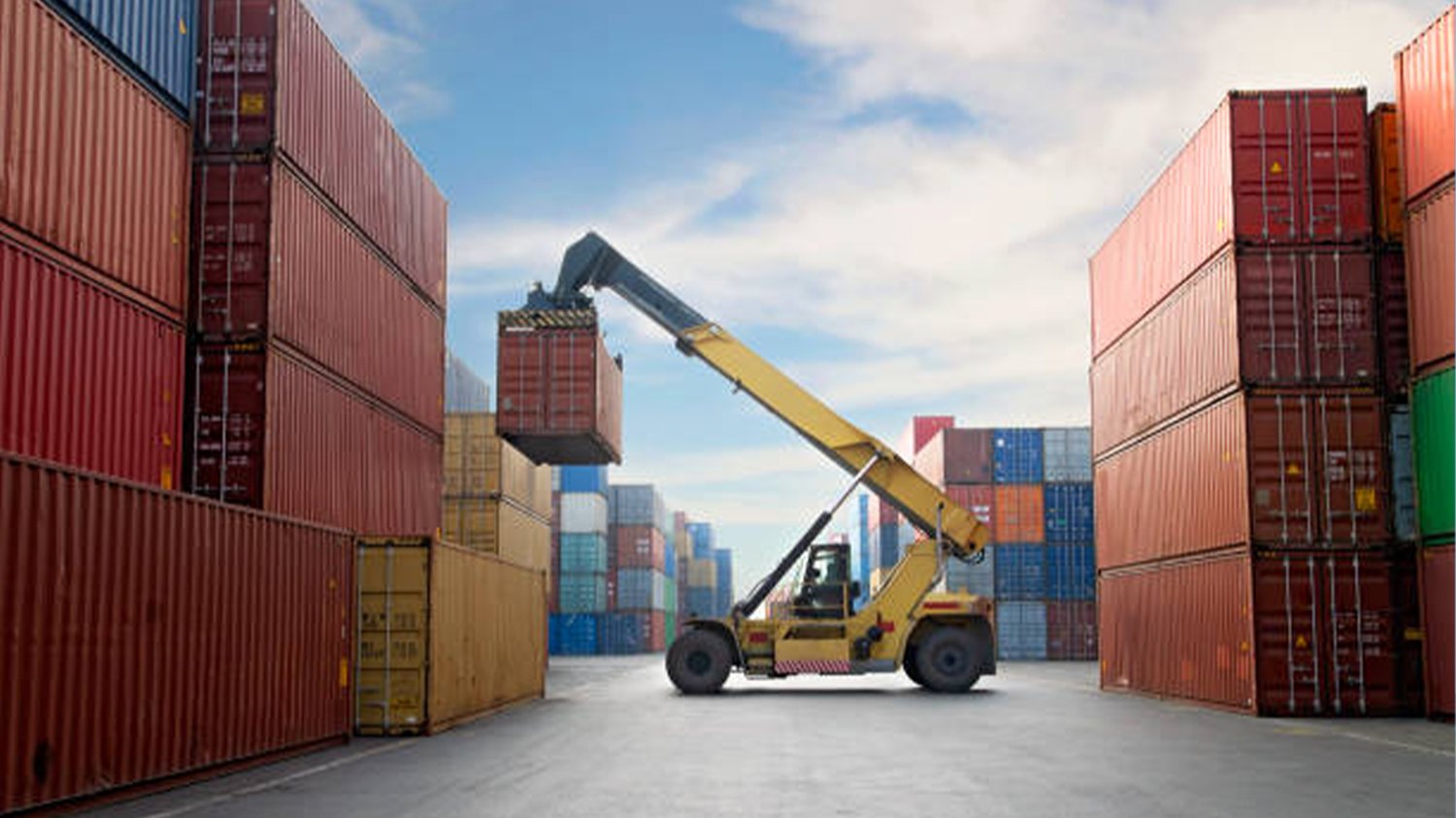Table of Contents

Introduction
When it comes to lifting heavy loads, two types of cranes often come to mind - stacking cranes and boom cranes. Both these cranes have their own unique features and benefits. In this article, we will compare and contrast stacking cranes and boom cranes to determine which one is more efficient for lifting heavy loads.
1. Stacking Crane: Overview
A stacking crane, also known as a container crane or a port crane, is a type of crane designed specifically for loading and unloading shipping containers in ports and container terminals. These cranes are typically equipped with a large, vertical mast and a spreader that can be lowered and raised to lift and move containers.
2. Boom Crane: Overview
A boom crane, also known as a mobile crane or a hydraulic crane, is a versatile crane that can be easily transported to different job sites. It consists of a telescopic boom mounted on a mobile platform, allowing it to reach great heights and lift heavy loads. Boom cranes are commonly used in construction projects and other industries that require lifting and moving heavy objects.
3. Stacking Crane: Efficiency
Stacking cranes are specifically designed for the efficient handling of shipping containers. They are capable of lifting multiple containers at once and can stack them in a precise and organized manner. This makes stacking cranes highly efficient in container terminals and ports, where large volumes of containers need to be loaded and unloaded quickly.
4. Boom Crane: Efficiency
Boom cranes, on the other hand, offer versatility and flexibility in terms of their mobility and reach. They can easily navigate rough terrains and reach heights that stacking cranes may not be able to reach. This makes boom cranes efficient in construction sites and other locations where heavy loads need to be lifted and moved to different areas.
5. Stacking Crane: Handling Capacity
Stacking cranes are known for their high handling capacity. They can lift and move heavy containers weighing up to several tons. Their design allows for efficient and precise stacking of containers, maximizing the use of available space in container terminals.
6. Boom Crane: Handling Capacity
Boom cranes also have impressive handling capacities. They can lift heavy loads ranging from a few tons to several hundred tons, depending on the specific model. The telescopic boom allows for extended reach, making it possible to lift and move heavy objects to various heights and distances.
7. Stacking Crane: Safety
Stacking cranes are designed with safety in mind. They are equipped with advanced safety features, such as anti-collision systems and automatic brakes, to prevent accidents and ensure the safety of workers and cargo. The precise control and stability of stacking cranes also contribute to their overall safety.
8. Boom Crane: Safety
Boom cranes are also built with safety as a top priority. They are equipped with safety devices, such as load moment indicators and outriggers, to prevent tipping and overloading. Operators of boom cranes are trained to follow strict safety protocols to ensure safe lifting operations.
9. Stacking Crane: Cost-effectiveness
Stacking cranes are considered cost-effective in container terminals and ports due to their high efficiency and handling capacity. They can handle large volumes of containers in a shorter period, reducing labor costs and increasing productivity.
10. Boom Crane: Cost-effectiveness
Boom cranes offer cost-effectiveness in various industries that require heavy lifting. Their versatility eliminates the need for multiple specialized cranes, reducing equipment costs. The mobility of boom cranes also allows for efficient use of resources, as they can be easily transported to different job sites.
